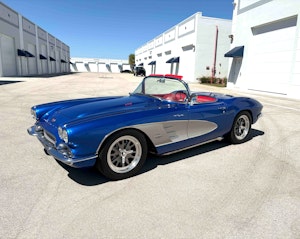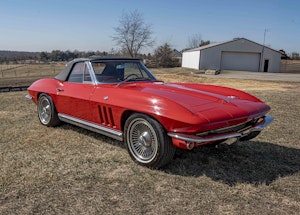Media | Articles
Should the 2022 Subaru BRZ have gone turbo?
The BRZ and 86, the sporty coupes birthed from the Subaru/Toyota partnership, held a lot of promise to buyers in search of a compact rear-drive car for under $30,000. However, one could practically hear the collective sigh of disappointment when the model that hit dealer lots in 2012 was not packing a turbocharger under the hood. The dyno charts bore out what drivers experienced: a noticeable dip in torque right in the middle of the power band. Now, the second generation of the BRZ is upon us and Subaru finally did right by enthusiasts.
Well, sort of. The flat-four is still naturally aspirated. Rather than pressurize the intake of the 2.0-liter four-cylinder, Subaru instead gave the engine a displacement bump to 2.4-liters while also kicking up the compression ratio. If you think a necessary, the engine’s numbers tell might convince you otherwise. Math madman and YouTube extraordinaire Jason Fenske busted out his signature whiteboard to break it all down.
The displacement and compression ration change bring a small power bump, but remaining naturally aspirated meant that the engine could retain its optimal throttle response, lower weight, and friendly packaging. The BRZ will get a 23 horsepower and 28 pound feet increase from the outgoing engine.
To put this in perspective, Fenske used the Subaru Ascent’s 2.4-liter turbo engine to draw up what might have been. And, it turns out, what might have been was not that much greater. By his math the wheel torque is actually 20 percent lower with the turbo engine, leading to a likely less-exciting seat-of-the-pants acceleration feel. The additional cost and complexity of squeezing a turbo into the BRZ engine compartment would likely also result in a higher price tag. Fenske doesn’t think the boost would be worth the various costs, and we think he might be right.
Marketplace
Buy and sell classics with confidence










